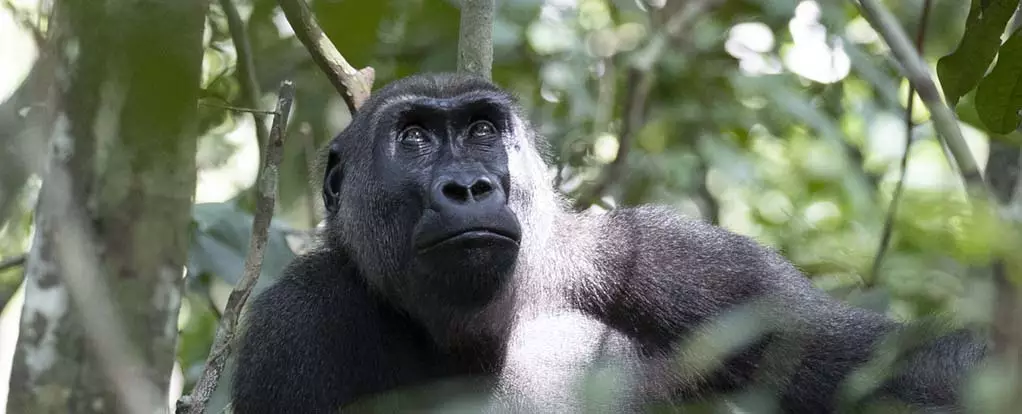The lush expanse of Moukalaba-Doudou National Park in Gabon not only serves as a sanctuary for diverse wildlife but is also a repository of botanical marvels that have been invaluable to both local communities and neighboring gorilla populations. For centuries, the dense rainforests of Gabon have provided plants that are not merely sources of sustenance but are also critical components of traditional medicine. In this light, recent scientific inquiries into these plants have shed light on their potential medicinal properties, paving the way for new insights into natural therapies that align closely with local wisdom.
A groundbreaking study conducted by researchers from the Interdisciplinary Medical Research Center in Franceville illustrates a meticulous inquiry into the botanical life that supports both gorillas and the indigenous people. Led by bacteriologists Leresche Even Doneilly Oyaba Yinda and Richard Onanga, this research illustrates how the rich biodiversity of Gabon may harbor untapped medicinal resources. Reflecting on the significance of this biodiversity, the authors emphasized that it represents a “vast reservoir of unexplored potential active biomolecules,” inviting further scientific exploration.
The study’s foundation rested on observations made by local villagers who noted the parallel use of certain plants by both themselves and the nearby western lowland gorillas. The researchers meticulously examined various species, particularly focusing on the bark extracts from four tree species: the kapok tree, giant yellow mulberry, a specific ficus subspecies, and African teak. This investigation was not merely academic but rooted in a desire to understand and validate traditional practices through rigorous scientific methodologies.
One of the most compelling findings from this research was the antimicrobial efficacy of the analyzed bark extracts, particularly against multidrug-resistant Escherichia coli strains. The kapok tree emerged as a standout candidate, demonstrating “remarkable activity” against these resistant bacteria. This revelation holds potential implications for public health, given the rising concerns regarding antibiotic resistance globally.
Moreover, the strong antioxidant activity observed in the ficus species and African teak opens a window into the multitude of protective compounds that could confer health benefits. Antioxidants play a critical role in neutralizing harmful reactive oxygen species linked to various health conditions, suggesting that these plants are not only beneficial in treating existing ailments but may also contribute to preventive healthcare.
The systematic analysis of these plants revealed a treasure trove of bioactive compounds, including phenols, alkaloids, flavonoids, and proanthocyanidins. Each of these compounds contributes uniquely to the medicinal potential of the plants, notably in addressing diarrheal diseases and illnesses involving oxidative stress.
The Significance of Zoopharmacognosy and its Future Prospects
The application of zoopharmacognosy—the study of how animals utilize natural resources to medicate themselves—provides a fascinating dimension to this research. While scientists are enthused about the potential for discovering new drugs from these plants, the complexity of animal behavior must be acknowledged. There is still ambiguity surrounding whether gorillas consume these plants for therapeutic purposes or simply as part of their diet. Nevertheless, the research posits that certain herbal items—like tree bark—might fortify the gorillas’ immune systems, allowing them to coexist with pathogens without succumbing to severe illness.
This research not only underscores the need for further exploration but also highlights the critical importance of conserving biodiverse ecosystems like Moukalaba-Doudou National Park. Protecting these environments is not just about wildlife conservation; it’s about maintaining the unique chemical compounds and pharmaceutical potentials that lie within these natural biospheres.
While the findings of this study are promising, caution must be exercised. The necessity for clinical trials remains paramount before any of these plants can be recommended for medicinal use. Furthermore, the intricate relationship between gorillas and these plants presents intriguing avenues for future studies. Understanding this intersection not only enriches our knowledge base but also reinforces the significance of biodiversity in our collective effort to innovate health solutions. The overarching message is clear: nature’s pharmacy is vast and complex, and with thoughtful study, it can aid in addressing many contemporary health challenges.



Leave a Reply